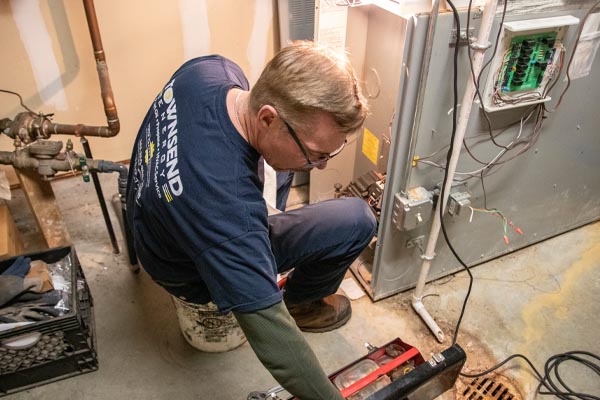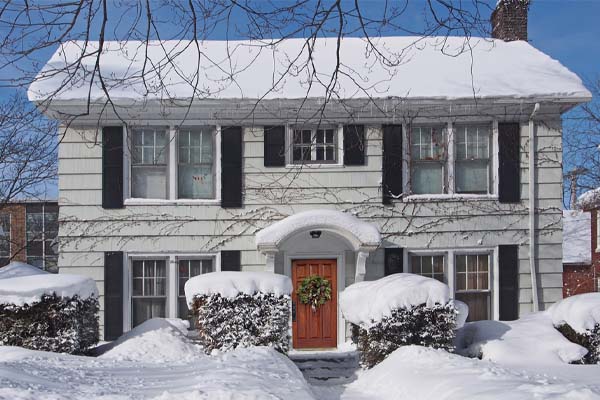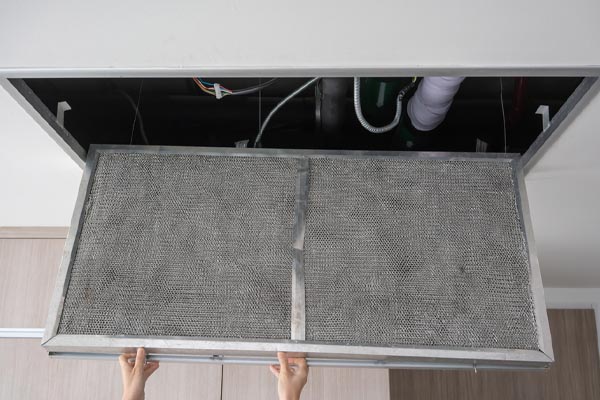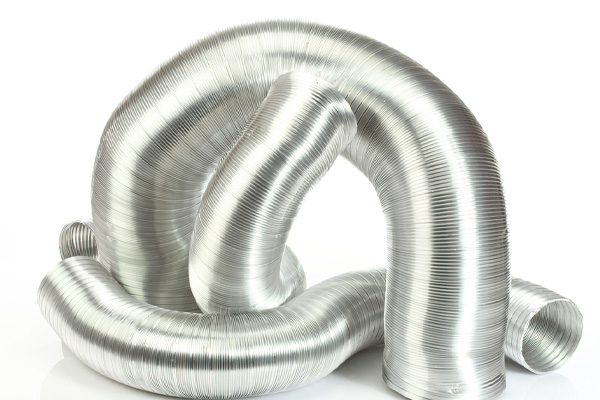Why Are My Rooms Heating Unevenly?
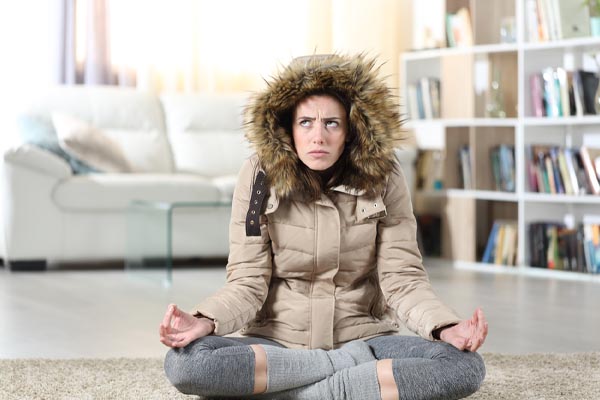
According to the United States Department of Energy (DOE), your home thermostat should be set at 68 degrees during winter to save energy and prevent problems like hypothermia and frozen pipes. Irrespective of your thermostat setting, your home heating system should have the ability to create a balanced and even temperature throughout all areas of your living environment. You may notice uneven heating throughout your home or areas with hot and cold spots. Uneven heating in house can leave some building residents uncomfortable, and you have to take steps to compensate for these differences by raising your temperature setting at the thermostat. Doing so will ultimately increase your home energy bill and lead to an overworked furnace. Before this problem has the opportunity to spiral out of control, you want to find out why the temperatures in your home are uneven.
Why Do My Rooms Have Uneven Temperatures?
Contents
Following are eight reasons why some of the rooms in your home have uneven temperatures.
Your Furnace Is the Wrong Size
More often than not, an undersized furnace will overwork in its efforts to keep the house warm. Unfortunately, it will likely run a lot longer than a properly sized furnace would. This causes system stress and uneven heating. In like fashion, a furnace that’s too large for the space will overheat your rooms and trigger the thermostat to shut down sooner than necessary. This can also lead to total system failure.
Understanding this, make sure that the furnace in your home is capable of evenly heating your house for assured comfort and moderate heating costs, as per NREL or the National Renewable Energy Lab. For a better idea, a furnace that has an output of 30,000 BTUs is ideal for a house with 1,000 square feet of living space. However, multiple factors go into determining the right furnace size for a home. HVAC companies perform Manual J Load Calculations to determine the correct furnace specifications for individual environments.
Your Furnace Is Ill-Maintained
As per ASHRAE or the American Society of Heating, Refrigeration, and AC Engineers, quality furnaces should have annual fuel utilization efficiency (AFUE_ ratings of at least 78 percent for assured performance. Insufficient furnace maintenance can cause the efficiency of your heater to drop dramatically, and over time, this too can lead to uneven heating. Regular maintenance will help you spot and resolve developing issues within your HVAC system. Understanding this, make sure that this service is performed by a certified HVAC technician and that you’re scheduling annual tune-up service every year in the early fall, just before your furnace is called into action for seasonal use.
Uneven Heating Is Typical for Your Home Type
Given that heat naturally rises, rooms on the top floor of your home will invariably be a bit warmer than the downstairs unless other factors are in play. In essence, the rooms on the bottom floor of your home are going to require a bit more heat than those on the upper levels. Uneven temperatures are common in multi-level homes when there is only one thermostat. To resolve the problem, consider having your central HVAC system zoned so that each zone or area of your living environment has its own thermostat and can get the amount of heat it needs.
Door & Window Leaks
When you’re heating rooms that have openings or cracks, cold air can seep in, causing uneven temperatures. In winter, particularly in the colder months of January and February, you want to make sure that all windows, doors, and other openings are sealed shut so that cold air doesn’t have the opportunity to enter your house and energy isn’t being wasted. To keep cold air from seeping in through doors and windows, seal these up using:
- Weatherstripping
- Door sweeps
- Foam tape
- Caulking
- Door snakes
- Window film
- Insulated glass units (IGUs) or Insulated windows
You must make sure that your home’s envelope is reliably sealed.
Your HVAC Air Filter Is Dirty
HVAC air filters capture dirt and other airborne particulates so that these never enter the blower via the system’s return duct. As such, these components collect quite a bit of grime over time, and this may obstruct airflow in your heating system. When heated air isn’t flowing fast enough, rooms that are far away from the heater won’t warm up. To prevent uneven heating in this instance, make sure that your furnace filter is cleaned or replaced at least once every three months and change it out or clean it more often during winter. However, each home has its own ideal schedule for filter changes, so you should be sure to check this component monthly and replace it as needed.
The Air Vents Are Clogged
Closed or blocked HVAC air vents will keep hot air from entering a room and cause uneven heating. Worse still, closing out HVAC air vents can cause excess pressure to build up in your ducting. If prolonged, this can lead to premature HVAC system failure. Remember this, before you check for other possible causes of uneven heating, start by making sure that all HVAC air vents are open and completely unobstructed.
Leaky Air Ducts
Good air ducts should have the ability to distribute heated air all throughout your home, including to remote locations. However, this might not be the case if your ducts have holes, tears, or other damages along the distribution path that allow heated air to leak out. Among some of the causes of HVAC ductwork damage are:
- Gnawing by rodents or other pests
- Age-related deterioration
- Structural or impact-related damage
- Incorrect duct installation
To limit problems with leaky HVAC air ducts, use caulks to seal any holes that you find and take care of HVAC repairs.
Fan Settings at the Thermostat
When you set your thermostat to “AUTO,” your furnace will only move warm air throughout the building while it’s on, and it will stop when the heating process is done and until the next heating cycle begins. The result is multiple stops and starts, and this can also cause uneven heat distribution – and over time, it can also wear out the furnace fan.
Put your fan on “ON” instead, especially during the coldest weeks and months of the year, so that air continually flows into your HVAC system. Keep in mind, however, that the “ON” setting will cause your energy costs to rise. You can set your ceiling fan on its lowest setting and rotate it clockwise to help limit your spending in this area.
Conclusion
These are common causes of uneven heating. However, to save both energy and time, be sure to contact an HVAC company that can determine the exact reason why your home has uneven temperatures. HVAC technicians can offer a number of affordable, practical solutions. Qualified contractors can also offer maintenance tips for keeping ventilation systems in good condition and to keep problems with uneven temperatures from recurring.
Call Townsend Energy for Trusted Home Heating Services
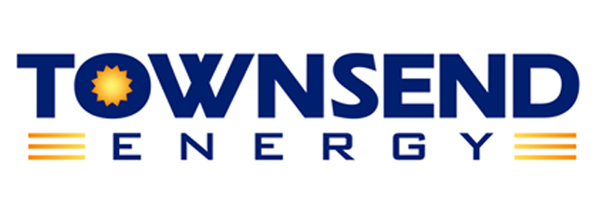
Give Townsend Energy a call if you need assistance with your heating or cooling system. We offer competitive rates, so you don’t need to go elsewhere. Schedule an appointment today and get a free, in-home estimate.
Contact us now at (800) 722-4101 to find out more!

